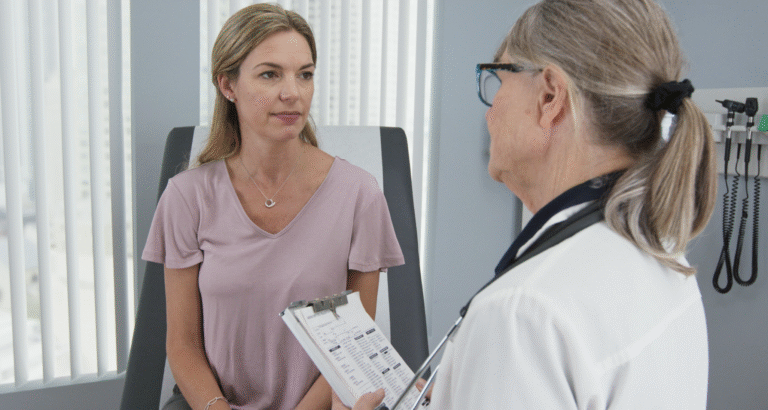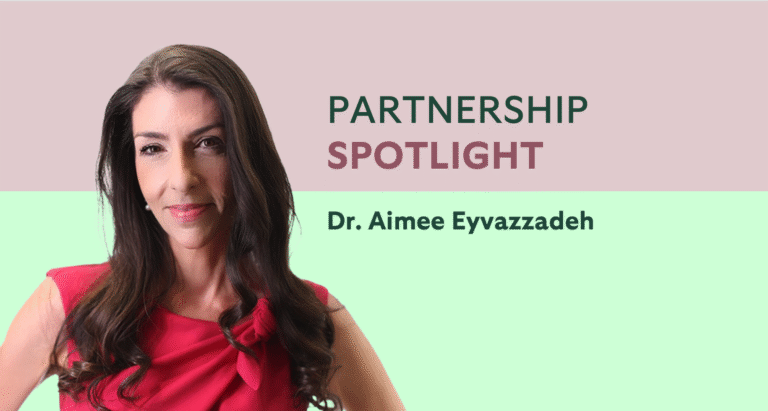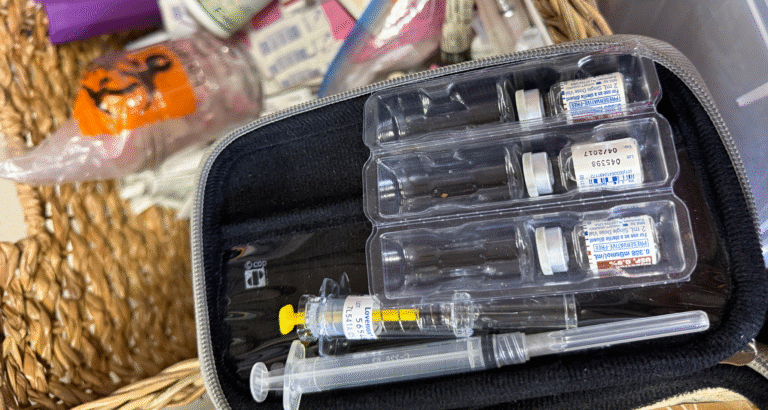When patient advocate Tara sat down with Dr. Karli Provost Goldstein for a live Q&A, the conversation went far beyond basic medical advice. Together, they shared real experiences and real answers for those navigating endometriosis, adenomyosis, infertility, and life after surgery. Their discussion was raw, informative, and deeply validating—especially for those still searching for answers or recovering from years of being misunderstood.
Here are the five most important takeaways from their conversation.
1. Experience Matters—Not All Surgeons Are the Same
One of the first and most powerful truths discussed was how much a surgeon’s experience truly impacts your outcome. Dr. Goldstein explained that while many OB/GYNs are trained in basic gynecology, true endometriosis excision requires advanced surgical skill, comfort with complex anatomy, and the ability to collaborate with bowel, bladder, and urology specialists when needed.
Tara shared her own story of having surgery elsewhere—only to find that her endo was never fully removed. That incomplete care led her to Dr. Goldstein, who offered a more comprehensive approach.
“If your surgeon says you’ll be back every year for surgery, that’s a red flag,” Dr. G said. “Our goal is to do this right the first time.”
2. Surgery Is Just One Piece of Healing
Excision surgery is often necessary—but it’s not a magic fix. Dr. Goldstein emphasized that healing requires more than what happens in the OR. Nutrition, hormone balance, pelvic floor therapy, inflammation support, and sometimes acupuncture all play a role.
Each patient’s plan should be customized, especially depending on their fertility goals, disease severity, and overall health.
“There’s no one-size-fits-all answer for endo,” she said. “It has to be personalized to your body, your history, and your goals.”
3. Adenomyosis and Reproductive Health Deserve Attention
Adenomyosis is often overlooked in fertility discussions, but it can absolutely impact outcomes. Dr. Goldstein walked through how she approaches these cases—through imaging, careful coordination with fertility clinics and high-risk OBs, and modified IVF protocols when needed.
For patients who’ve experienced miscarriage or failed embryo transfers, it’s crucial to ask whether adenomyosis or endometriosis may be part of the story.
4. You Can Have Endometriosis Without Pain
Not everyone with endometriosis has debilitating cramps. Some don’t even realize they have it until they’re struggling to conceive or dealing with GI symptoms, fatigue, or subtle bloating around their cycle.
This is why it’s important to listen to your full symptom profile—not just the obvious red flags.
“Unexplained infertility IS a symptom,” Dr. G said. “We have to stop thinking pain is the only clue.”
5. Logistics Matter—So Does Feeling Cared For
Tara shared what it was like flying in for surgery—from planning the trip to recovery—and how ESSE Care made the process feel seamless. From hotel recommendations with kitchenettes to post-op care that addressed nutrition and movement, the team handled every detail so Tara could focus on healing.
Dr. Goldstein also highlighted the importance of thoughtful, pre-op planning, especially for patients traveling from out of state or out of the country.
“When patients feel supported in the little things, they heal better,” she said.
Looking Ahead
This conversation was about more than endometriosis—it was about empowerment. Dr. Goldstein’s deep expertise, paired with Tara’s lived experience, created space for real questions and even more real answers. Whether you’re facing surgery, navigating infertility, or just beginning to wonder if your symptoms are “normal,” you deserve a provider who listens and a plan that honors your full story.
At ESSE Care, that’s exactly the kind of care we’re here to provide.












